Light colored exterior walls—exposed to full sun—are over 25˚F (13˚C) cooler than darker colored walls; while shaded walls (whatever the color) are over 45˚F (25˚C) degrees cooler than walls exposed to the full…
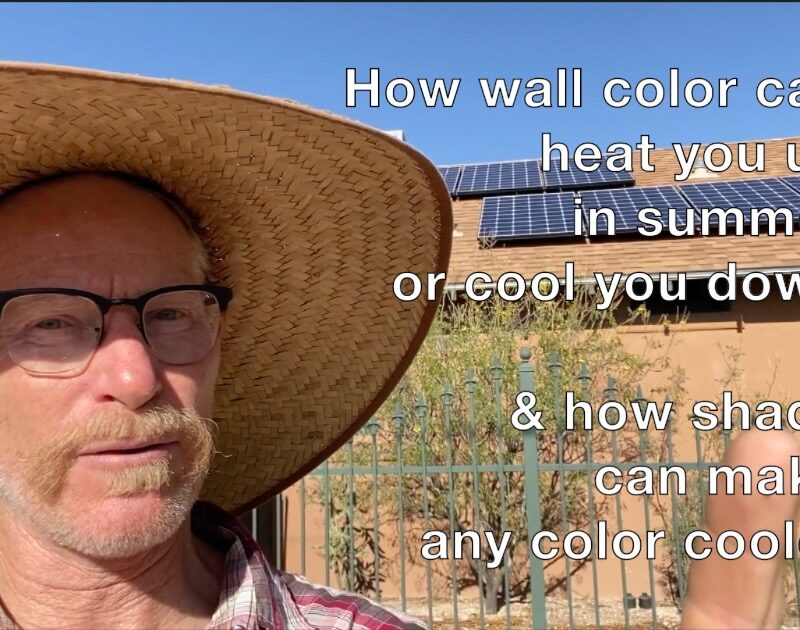

Light colored exterior walls—exposed to full sun—are over 25˚F (13˚C) cooler than darker colored walls; while shaded walls (whatever the color) are over 45˚F (25˚C) degrees cooler than walls exposed to the full…
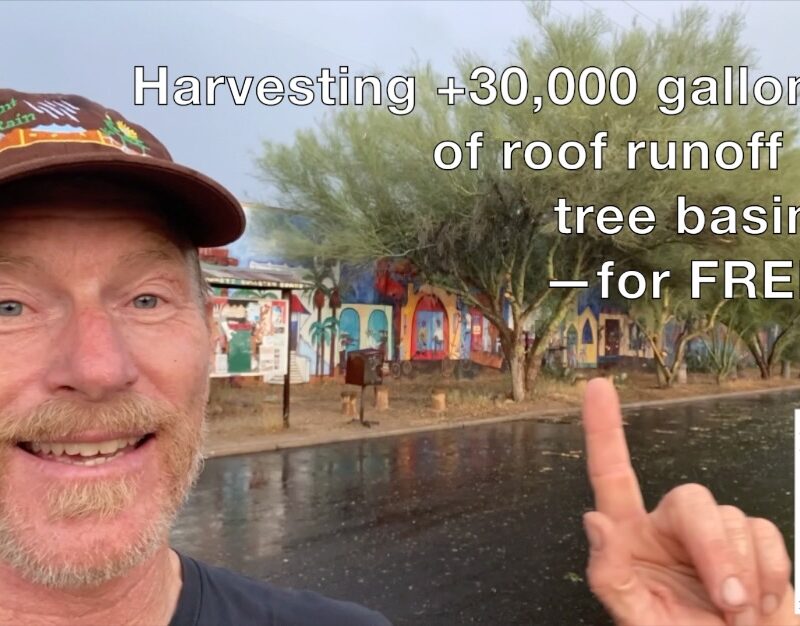
See how we harvest over 30,000 gallons (114,000 liters) of roof runoff in tree basins to passively shade and cool the building from which we harvest the water. This system was created in…
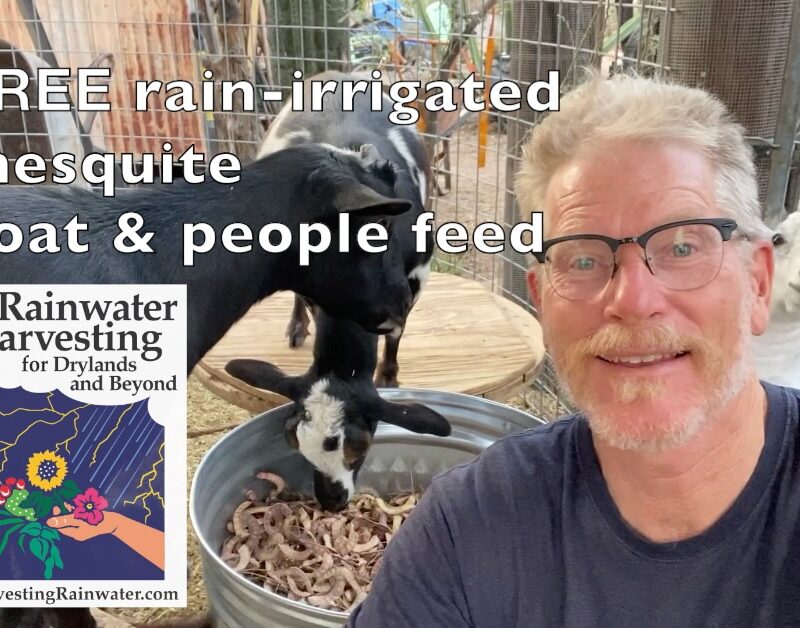
I’ve harvested over 200 gallons of DRY mesquite pods as of early July 2023. Choosing Mesquite Trees for Landscapes & How to Identify Different Species More About Mesquite Multi-Use Plant Lists & Nurseries…
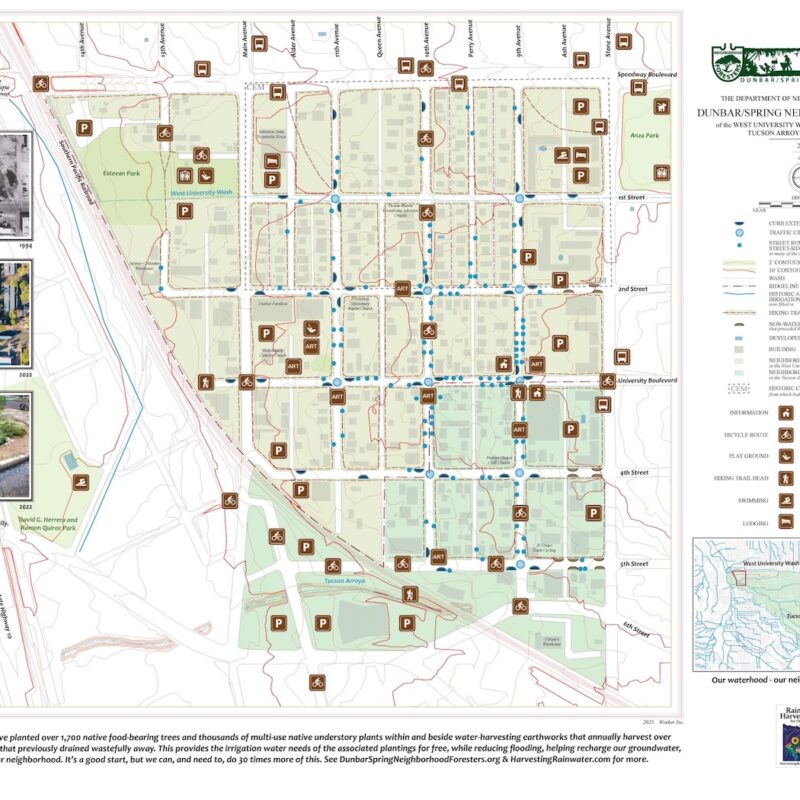
Download and/or view a high-resolution 2023 version of the map Then zoom in to see the details. Compare the 2023 version of the map to the originally released 2022 version (below)to see how…
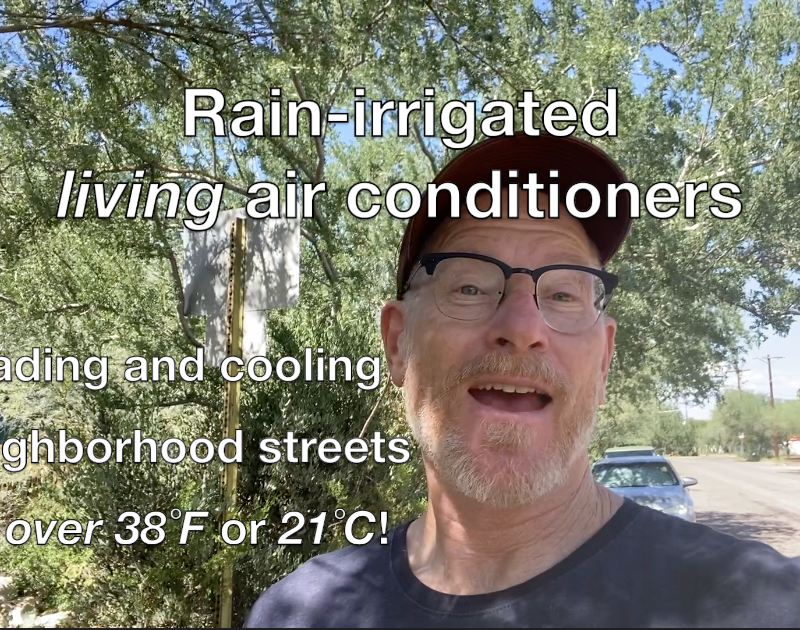
Click on the video above to see Brad Lancaster show how native food-bearing trees and understory vegetation planted within or beside passive rain- and stormwater-harvesting rain gardens is able to shade and cool…
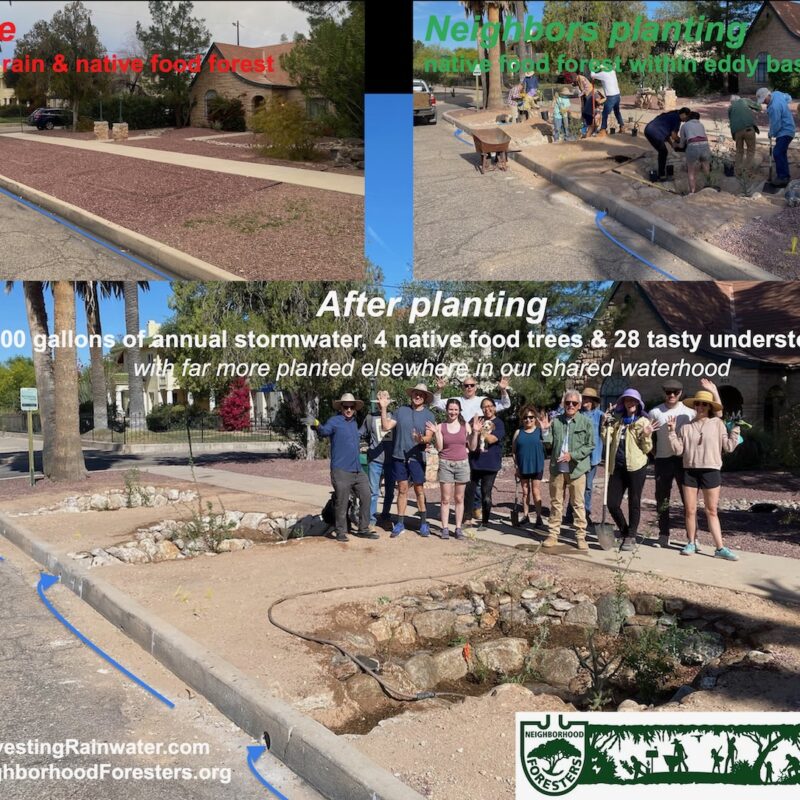
We planted over 60,000 gallons of annual stormwater, 36 native food-bearing trees and bush trees, & 114 multi-use native understory plants in this year’s annual neighborhood rain & native food forest planting. See…
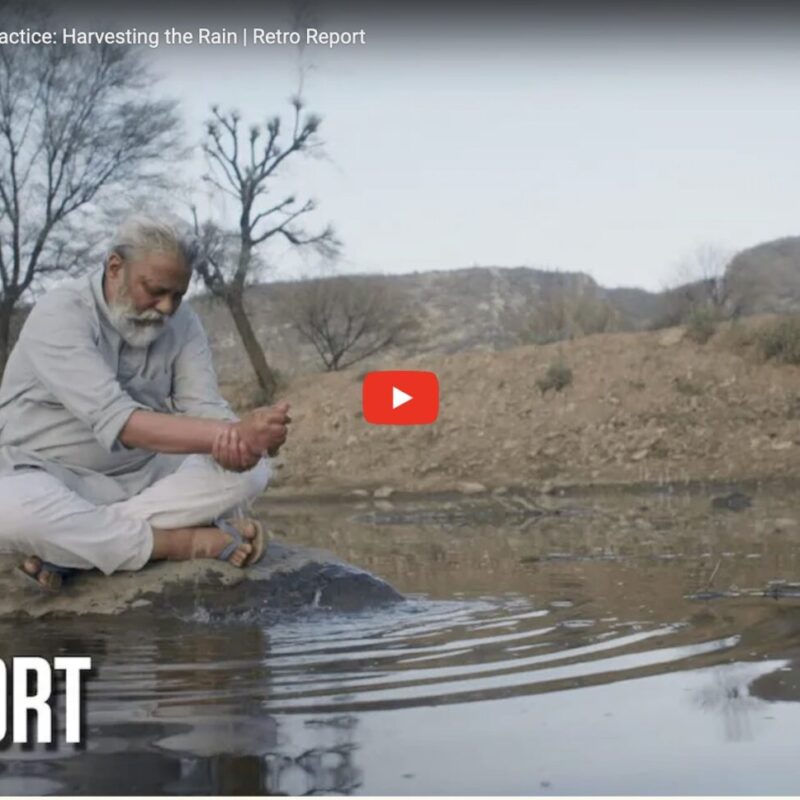
Ancient and modern methods of collecting and storing rainwater are being used to address severe drought today.
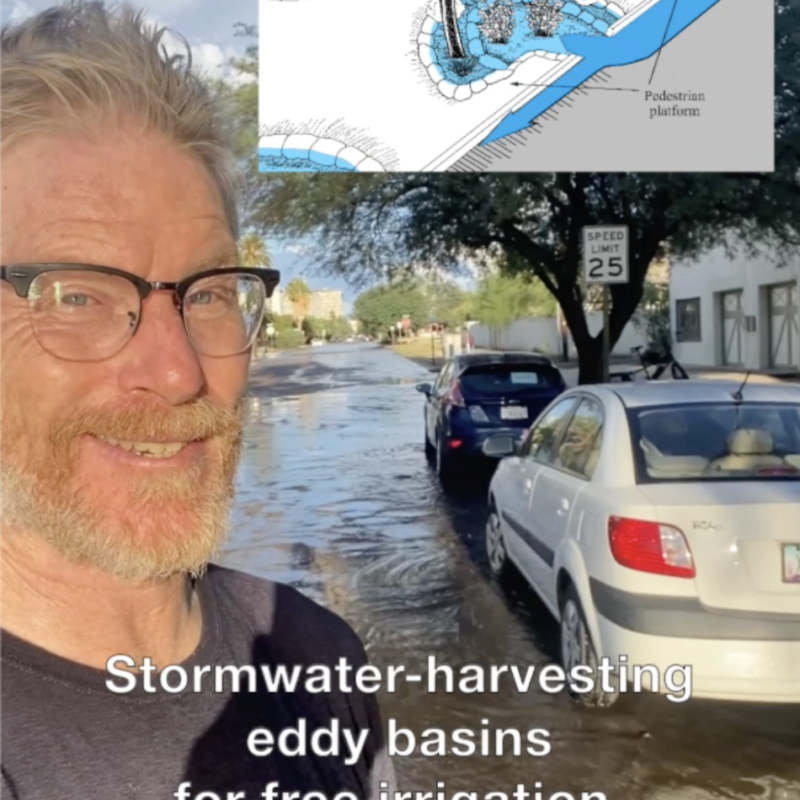
How neighborhood forestry-led efforts turn flooding problems into a free irrigation resources that also help recharge the aquifer and other local waters. Turns flooding problem into a free irrigation resource that also helps…
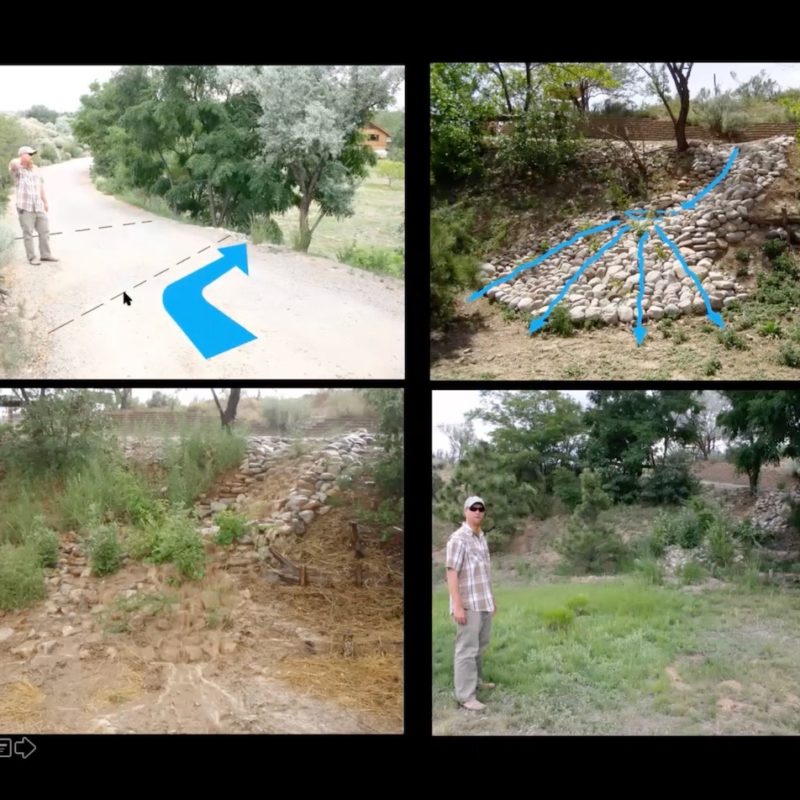
There is no excerpt because this is a protected post.
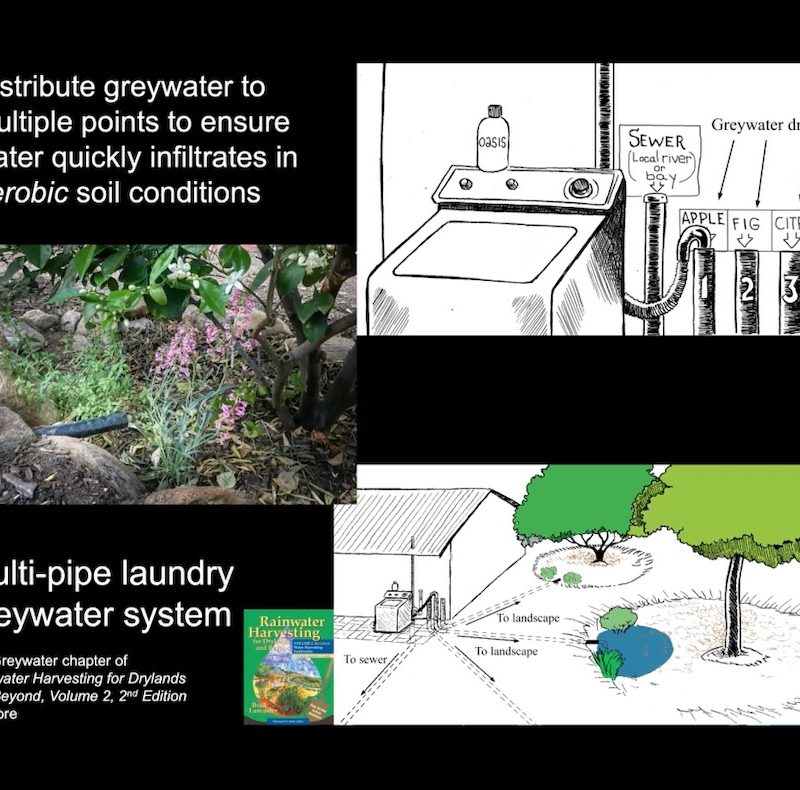
There is no excerpt because this is a protected post.